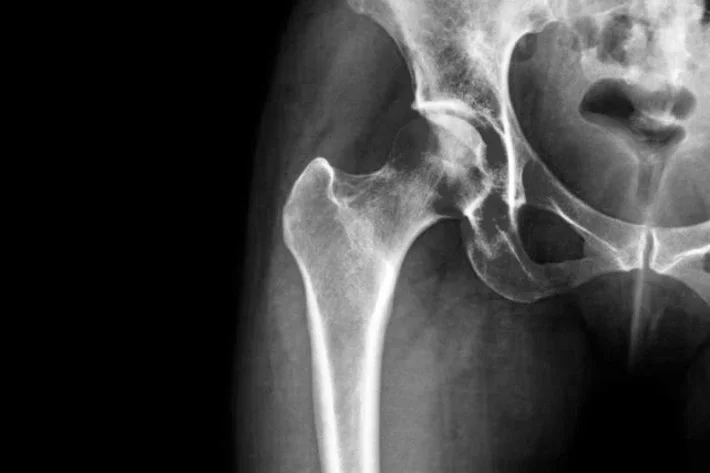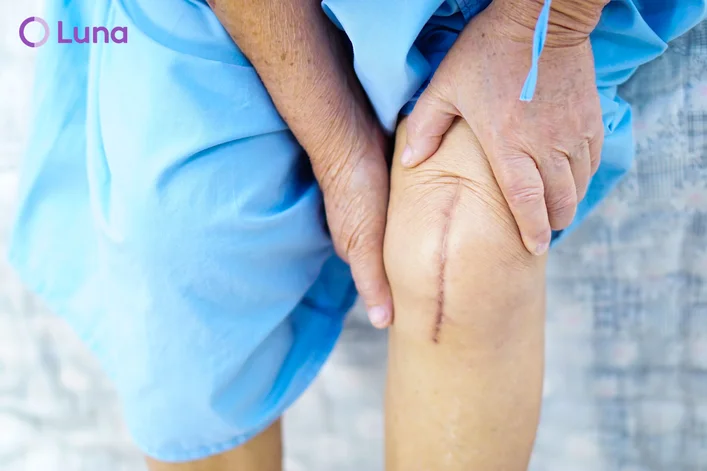![Separator]()
What is fracture fixation?
Fixation sets and stabilizes fractured bones from the inside rather than outside via a cast or sling. This surgery is sometimes necessary when the bone is broken, and the pieces are unstable or severely out of alignment. Bringing the bones back into alignment is sometimes called “resetting” the bones, which can be accomplished from the outside with a cast or sling or from the inside via surgery.
When surgery is necessary, the bones can be reset using various implants. Depending on the patient’s specific condition, the surgeon will choose an implant that will provide the best results with the least invasiveness. Implants tend to be metal plates, metal screws, metal nails, and long rods, though the exact device may depend on the patient.
After this procedure, most patients need physical therapy to regain control of the affected limb and heal safely, quickly, and without further damage.
Source:
Stanford Health Care



















